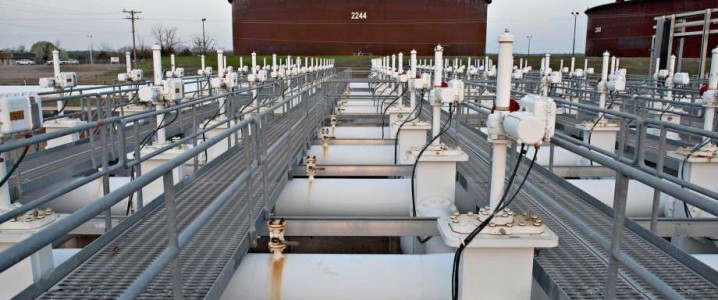Oil prices have inched up, but the EIA says don’t get used to it. The July Short-Term Energy Outlook (STEO) raised its 2025 Brent forecast by $3 to $69/bbl, citing a spike in geopolitical risk from the mid-June Iran nuclear conflict. But that bump is expected to be short-lived. With inventories building, the agency sees Brent falling to $58/bbl in 2026—a dollar lower than last month’s projection.
Meanwhile, U.S. crude output is peaking. Production averaged just over 13.4 million bpd in Q2, an all-time high, but is expected to decline slightly through 2026. The EIA expects average U.S. crude production to hold at 13.4 million bpd for both 2025 and 2026.
The U.S. is now free to export ethane to China, following a July 2 rollback of Commerce Department restrictions. That shift led the EIA to dramatically raise its ethane export forecast: 510,000 bpd in 2025 and 640,000 bpd in 2026, up 24% and 107%, respectively, from last month.
Natural gas storage is higher than previously expected. Inventories are forecast to hit 3,910 Bcf by the end of injection season in October, 5% higher than June’s estimate. That extra supply has pushed the EIA’s Henry Hub forecast down to $3.70/MMBtu for 2025 (down 7.5%) and $4.40/MMBtu for 2026 (down 10%).
Despite lower gas prices, the EIA expects U.S. wholesale power prices to climb 12% this summer compared to last, driven by higher year-on-year fuel costs and the risk of heat-driven demand spikes.
On trade, the STEO reflects S&P Global’s baseline: reduced tariffs on Chinese imports but an assumed return to 10% tariffs on other nations after the current 90-day pause expires in July.
Bottom line: Prices may look firm for now, but the fundamentals—especially oil and gas supply—point toward softness ahead.
By Julianne Geiger for Oilprice.com
More Top Reads From Oilprice.com:

